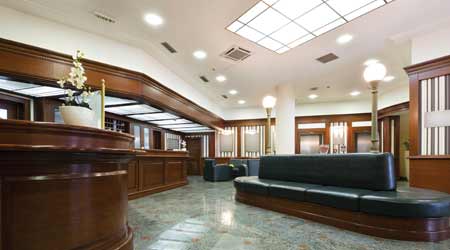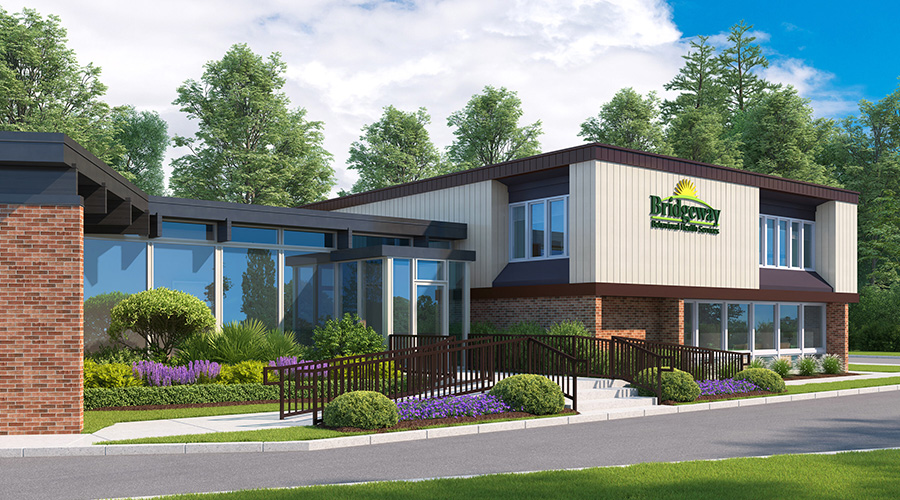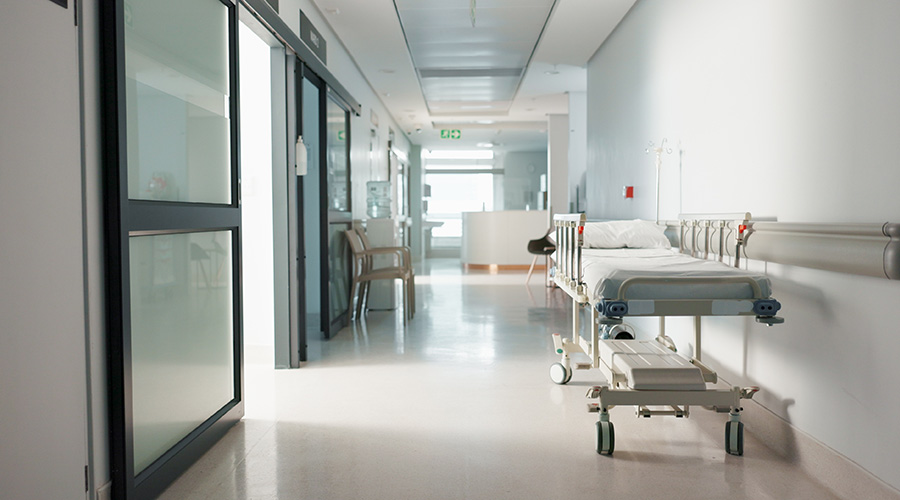Upgrades to lighting systems and their controllability typically result in the quickest energy paybacks for institutional and commercial facilities, according to an article from Facilities Maintenance Decisions on the FacilitiesNet website.
These upgrades also can provide secondary benefits, including improved lighting quality, reduced maintenance, ease of buying new fixtures and bulbs, and having a better understanding of the impact they have on building energy use.
Maintenance and engineering managers can integrate more advanced upgrades into the building management system. This strategy gives the maintenance staff more transparency into their control and energy consumption.
Planning and performing energy-saving upgrades requires managers understand the national standards, codes and building rating systems that will impact product specification, project scope and savings projections.

 Healthcare Is the New Retail
Healthcare Is the New Retail Bridgeway Behavioral Health Services Launches Campaign to Renovate Health Center
Bridgeway Behavioral Health Services Launches Campaign to Renovate Health Center Ground Broken for New North Dakota State Hospital
Ground Broken for New North Dakota State Hospital AI Usage for Healthcare Facilities
AI Usage for Healthcare Facilities Ground Broken on Pelican Valley Senior Living Modernization Project
Ground Broken on Pelican Valley Senior Living Modernization Project